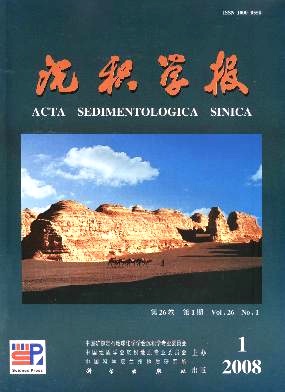Comparison Between Grain Size Data by Laser and Pipettesieve Methods for Tidal Flat Sediments on Jiangsu Coast
- Received Date: 1900-01-01
- Rev Recd Date: 1900-01-01
- Publish Date: 2008-02-10
-
Key words:
- grain size analysis /
- laser technique /
- pipettesieve method /
- parameter transformation /
- Jiangsu coast /
Abstract: The wide application of the laser particle size analyzer results in a problem in the comparison between the new and old, historical data sets; it is necessary to establish the relationships between the two. In this study, based on the grain size analysis using the laser technique and pipettesieve method for tidal flat sediment samples from the Jiangsu coast, eastern China, the two sets of grain size parameters are compared and the differences between the two methods are analyzed. The results show that: for the Jiangsu coast sediment samples there is a significant linear relationship between the mean grain sizes; compared with the laser analysis, the percentages of coarsegrained materials are relatively small in the sieving analysis, whereas the percentages of finegrained materials are relatively large in the settling analysis; and the linear correlation is enhanced after the sediment samples are classified according to their grain size compositions and regression analysis are carried out for different groups, indicating the influence of the composition factor. The relationship between the two types of analysis not only depends upon the region in consideration, it is but also related to the grain size composition patterns.
| Citation: | TONG Changliang. Comparison Between Grain Size Data by Laser and Pipettesieve Methods for Tidal Flat Sediments on Jiangsu Coast[J]. Acta Sedimentologica Sinica, 2008, 26(1): 46-53. |






 DownLoad:
DownLoad: